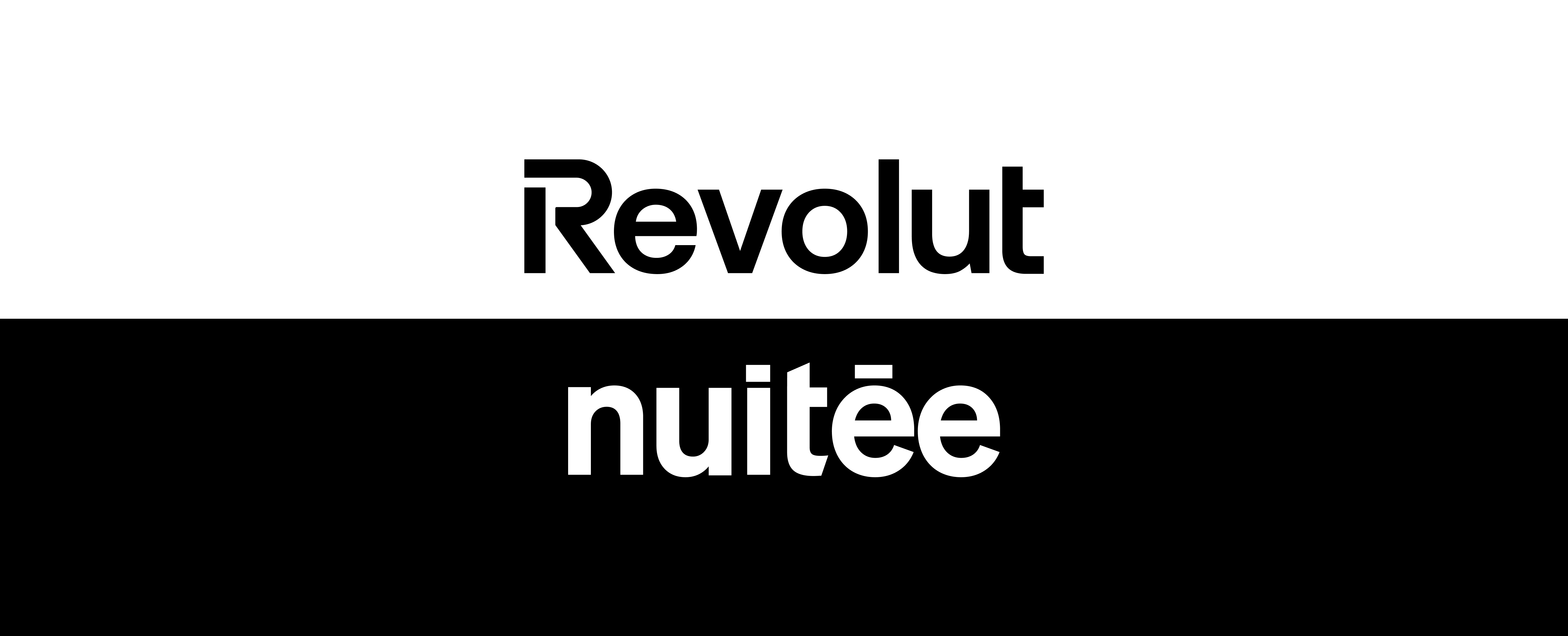Finding the right mapping tool for your company is a challenging task, especially when you consider the negative impact a suboptimal solution can have on your business. Find out how you can avoid the frustrations in your quest for the ideal mapping tool.
Hotel mapping is a frustration
When an OTA sources its data from different channels like bed banks, GDSs or larger OTA’s essentially aggregating from different sources, duplication and inconsistency in hotel content usually occur. Hotel mapping becomes indispensable be it as a B2B or a B2C business.
When you’re a B2C, duplicate listings on your website can throw off the customer and make your website look unreliable. Just imagine searching for a hotel only to be returned with multiple listings of that same hotel but with different prices. This gives off a bad image and can seriously threaten the viability and the credibility of a brand over time
When you’re a B2B, you need to have the best prices to remain competitive, this means you want to connect with as many suppliers as possible to have a better shot at getting the lowest possible price with the best availability.
The challenge is that accurately merging multiple sources of data from suppliers is extremely complex and is an error-prone process. One such type of error occurs when the properties from the sources you aggregate are not accurately matched. When this happens you incur losses and it can eat away your profit margin. If you want to learn more about the details of how this can happen check out this post about hotel mapping.
On the other hand, manual mapping takes way too long and when you need to be updating it every week or less it becomes a nightmare. This is because it’s an extremely tedious, time-consuming and labor-intensive process. It quickly becomes out of the question to map manually.
The proportion to which you can accurately map two sources is called coverage. When you cannot map a large proportion of the two sources you have low coverage and it negatively impacts your potential revenue. This is because you might be missing out on best prices and availability which are the most crucial parts of any online travel business. Check out this post if you want to learn more about this.
Finding a hotel mapping solution is an even bigger challenge
After establishing the fact that mapping is indispensable when aggregating from different sources and that manual mapping is not a viable solution, we needed to look for a mapping tool that covered our needs in terms of accuracy, coverage, speed and ease of use.
The first disappointment hit when we realized that the vast majority of mapping tools out there do not have instant sign-up. This meant we had to go through lengthy processes of demo calls and negotiation back and forths before we could get access to a tool. And even then it took a while to understand their API’s, for those that had one, and to set things up. The user interfaces, when available, were usually not optimized for an intuitive and smooth user experience which made it hard to get started with these tools.
After we went through this lengthy process and were finally up and running, the performances were the second letdown. In a lot of cases, mapping still remained very manual. The mapping speed was also a big setback. Some mappings took so long that we ended up updating them once every quarter or even once every 6 months. What’s more, with no way to automate mapping processes, we had to build a whole team to handle mapping pipelines, get data from sources, upload it to the mapping tool, download the results and then check the results for mismatches before we could upload them to our database. We were looking to automate the mapping process as much as possible but we didn’t find a way to seamlessly integrate these tools in our systems. All of this is how mapping quickly became a nightmare.
A beacon of hope
These were our frustrations, and chances are they’re yours too. Thankfully, we addressed all these pain points with Cupid. This is how the process goes :
Step 1
Sign-up for free in no more than 5 minutes with minimal required input. No credit card is required, and there are no demo requests to send, no back and forth negotiations and no limited trial access.
Step 2
Upload your database of properties for cleaning, deduplication and to be used as the reference when mapping
Step 3
Upload your partner’s properties to be mapped and get the results. It takes under 5 minutes to map 100K properties.
After signing up in a few minutes, we uploaded our own database which contains around 900,000 properties. To our surprise, it only took 5 minutes to perform this step and we were ready to start mapping.
The user interface is very intuitive and it doesn’t require any training to use the tool. We started mapping using CSV files, by uploading them they would get mapped against the inventory we uploaded and we would get results in no time; our largest supplier with 1,800,000 properties was getting mapped in 45 minutes. This was unthinkable with other tools. We kept using CSV files for a bit as we were used to that workflow but quickly started exploring the auto-pilot features of Cupid. We were able to truly automate mapping using the connectors and export-destinations features.
The connectors allowed us to automate loading content from our suppliers. We simply had to use our existing credentials and connected directly with our suppliers through APIs and Hubs.
Using the export-destinations we could connect to different integrations available such as cloud storage services, databases and more… As a result, the mapping output is automatically exported to our S3 cloud storage and to our database.
The only worry we had was that we required some custom additional information in the mapping results for it to be compatible with the structure we use in our systems. One such information is our internal supplier identification number. This is when the flexibility of the tool was a life changer and allowed us to truly automate our mapping process.
The partner attributes feature meant we could include our internal partner IDs to the output mapping file which made it possible to use the results directly in our database without any manual additional step to ensure the format was correct.
So now our workflow for existing suppliers is fully automated and with the connectors scheduled in advance we don’t have to touch our mapping pipelines anymore.

Onboarding a new supplier literally takes minutes. Not weeks, not days, not hours, minutes! We only need to set up the connector with a direct API or Hub configuration, add our supplier id to the partner attributes and run the mapping. We don’t even have to set up the destinations as we only had to do that once. We usually get very good mapping performance, with the overwhelming majority of mapping errors being our fault or our suppliers fault for not updating a property ID or mishandling a file. The cherry on top is the powerful analytics we get on our mapping. These allow us to
Identify drops or spikes in mapping performances.
Identify suppliers with exclusive content.
Track the proportion of our inventory that’s mapped and hence sellable at any point in time.
All in all, Cupid has truly changed the way we think about and handle mapping for the better.
Ready to start? Sign-up instantly and start mapping in less than 10 minutes at no cost.


